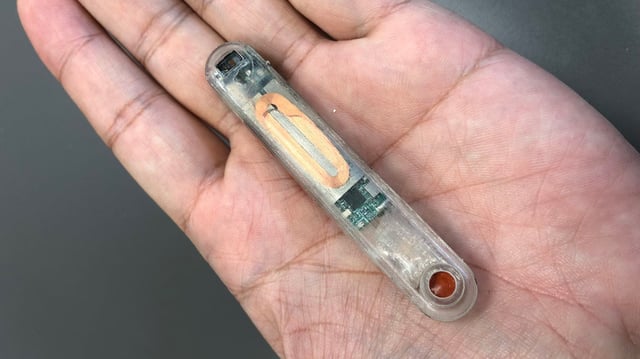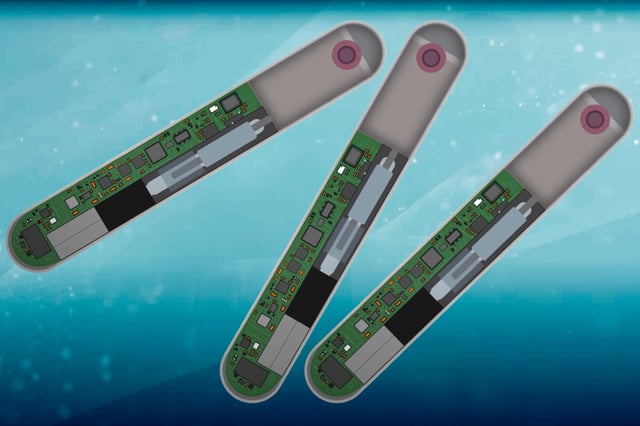Overview
- The iSOS device uses multiple sensors to detect signs of opioid overdose and delivers naloxone within 10 seconds.
- Developed by Brigham and Women's Hospital and MIT, the device aims to reduce the need for bystander intervention.
- Initial tests showed a 96% success rate in reversing overdoses in animal models.
- The device's algorithms can differentiate between opioid overdose and other conditions like sleep apnea.
- Future developments may include features like automated emergency calls and multiple naloxone doses.


